Taboos for Drinking Seaweed Wine
Seaweed grows in the sea but is still a member of the plant kingdom. It is a type of cryptogamic plant. Seaweed contains a variety of bioactive substances and can be used as a daily food or as a medicine. Now let's talk about the taboos for drinking seaweed wine and what issues to pay attention to!
Taboos for Drinking Seaweed Wine, Side Effects, and Disadvantages
Taboos for Drinking Seaweed Wine
Seaweed is rich in carotenoids, taurine, polyunsaturated fatty acids, polysaccharides, kelp amino acids, etc. These substances can provide excellent health benefits when they enter our bodies, providing advanced nutritional elements for our lives and improving our overall well-being.
Seaweed mainly grows on rocks in the turbulent sea water below the low tide line. It is widely cultivated in provinces such as Liaoning and Shandong in China. This medicinal herb is harvested in the summer and autumn each year, and after removing impurities, it can be stored for a relatively long time after being washed and dried.
Most people are suitable for taking this medicinal herb, especially patients with iodine deficiency should consume more. Patients with hypertension, obesity, hyperlipidemia, cancer, arteriosclerosis, and thyroid enlargement should also take this medicinal herb in appropriate amounts. However, if you have a weak spleen and stomach, it is best not to take seaweed to avoid affecting your health. The specific taboos for drinking seaweed wine are as follows:
First: Usage and Dosage of Seaweed
In general, when seaweed is used as a medicinal herb, we usually choose to decoct it in water and control the dosage between 6 grams and 12 grams. It can also be soaked in wine or made into pills or powders. This medicinal herb is mostly used to treat testicular pain, scrofula, phlegm edema, etc. Besides, it can also have certain effects on tumors, hyperlipidemia, thyroid function, etc.
Second: People Who Are Not Suitable for Taking Seaweed
Experts suggest that patients with weak spleen and stomach and dampness accumulation should not take seaweed to avoid worsening symptoms. "Bencao Jingji Zhu" advises against using seaweed in combination with licorice, as it may change the efficacy of the herb. "Bencao Jing Shu" believes that patients with internal dampness should not take seaweed. "Bencao Huiyan" states that patients with weak oral and spleen and blood deficiencies should also avoid using seaweed, as it may affect their health.
Third: Identification of Seaweed
In daily life, we usually classify seaweed into two categories: large-leaved seaweed and small-leaved seaweed. The leaves of large-leaved seaweed are mostly black-brown and have a curled and wrinkled surface. After drying, there is a layer of white frost on the surface. The main stem is cylindrical with conical protrusions, and the main branches grow on both sides of the main stem, while the side branches grow under the leaf axils of the main branches and have short thorn-like protrusions. The air sacs are black-brown, oval or spherical, with a crisp texture. When wet, they are soft and expand and become thick and fleshy when soaked in water. The surface is sticky and slippery, and it has a salty and fishy taste. Small-leaved seaweed is smaller, with branches growing alternately and no thorn-like protrusions. The leaves are slender or spoon-shaped, with a swollen and hollow tip and a harder texture.
Taboos for Drinking Seaweed Wine, Side Effects, and Disadvantages
Prescriptions with Seaweed
In addition to understanding the taboos for drinking seaweed wine, I also think it is important for everyone to know some commonly used seaweed prescriptions so as to avoid the harm caused by incorrect use.
First: Treatment of Hernia and Testicular Swelling
Prepare seaweed, fried orange kernel, and fennel in a ratio of 15:6:5, then decoct them in water and take the medicinal liquid. It can also be ground into powder and made into pills for consumption. This prescription is effective for hernia and testicular swelling.
Second: Treatment of Thyroid Enlargement
Prepare 30 grams of seaweed, 15 grams of raw oyster, and 10 grams of scrophularia and decoct them in water for consumption. In addition to this prescription, to treat lymphadenopathy, you can prepare 10 grams of seaweed, 10 grams of scrophularia, 10 grams of zhebei, and 10 grams of xiangfu, and then decoct them in water for consumption.
Third: Treatment of Esophageal Cancer and Rectal Cancer
Prepare 30 grams of seaweed and 6 grams of water leech together with 6 grams of water leech, grind them into powder, and take 6 grams of the powder twice a day, mixed with yellow wine for consumption.
Fourth: Treatment of Lymphadenitis
Prepare an appropriate amount of seaweed, raw oyster, scrophularia, and decoct them in water for consumption.
Fifth: Treatment of Edema, Children's Abdominal Pain, Cough with Phlegm, and Hepatosplenomegaly
Prepare 15 grams of seaweed, decoct them in water, and filter to obtain the medicinal liquid. Take the medicinal liquid twice a day and persist for a period of time. You can also dry the seaweed and grind it into powder to make pills, taking 5 grams twice a day.
Sixth: Treatment of Lymphatic Tuberculosis
Stir-fry seaweed and buckwheat together, then prepare an equal amount of white silkworm, grind both herbs into powder and mix with white plum to make pills the size of a wuzi. Take 60 pills each time when symptoms occur, and take them with rice soup.
Seventh: Treatment of Thyroiditis, Goiter, and Exophthalmos
Prepare seaweed, kelp, alum stone, gentian, rhizome of Dioscorea opposita, malt, pinellia, and selaginella in appropriate amounts, grind them into powder, and take it with white wine three times a day. Avoid eating crucian carp, pork, lettuce, etc. during the medication to avoid changes in the medicinal properties.



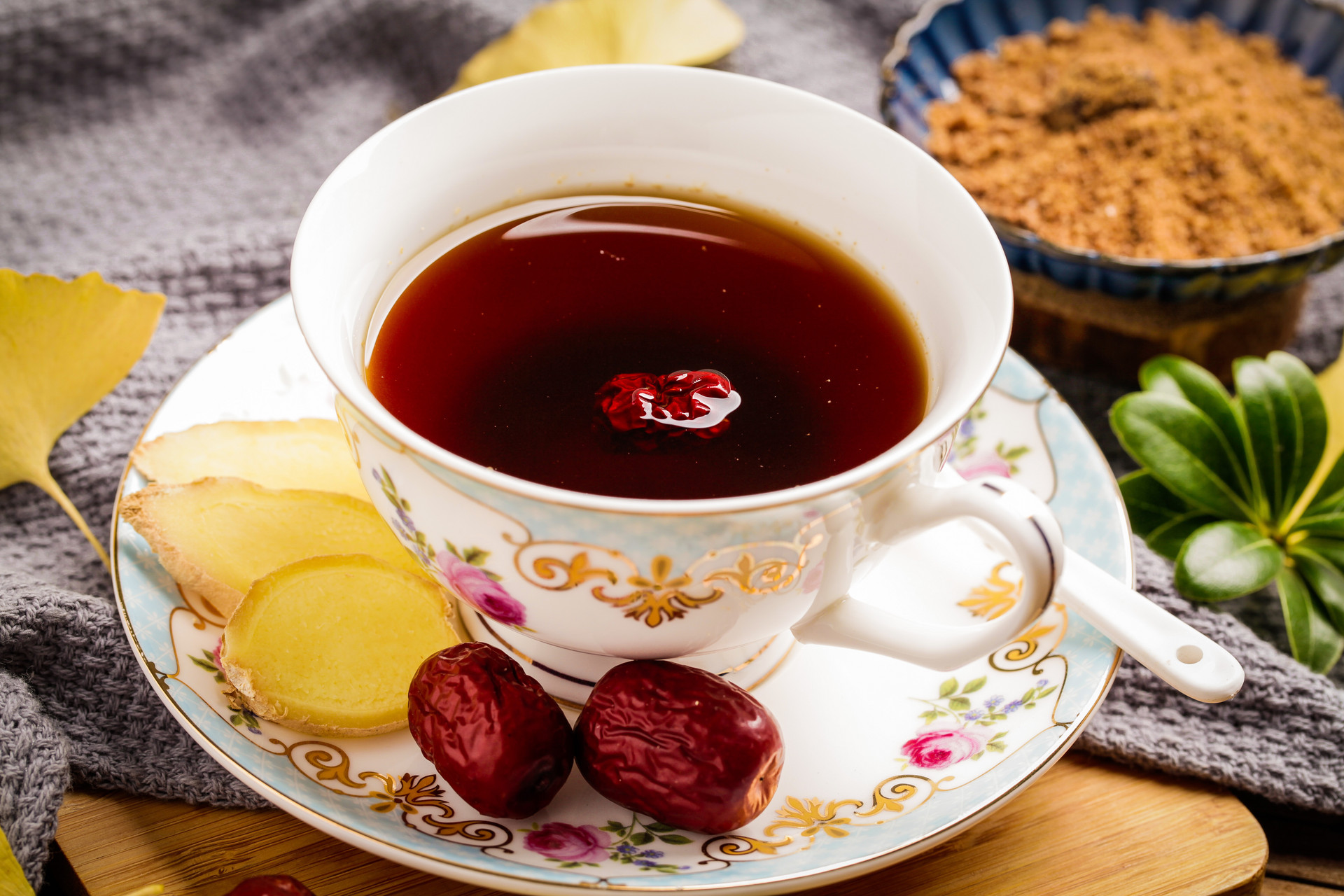
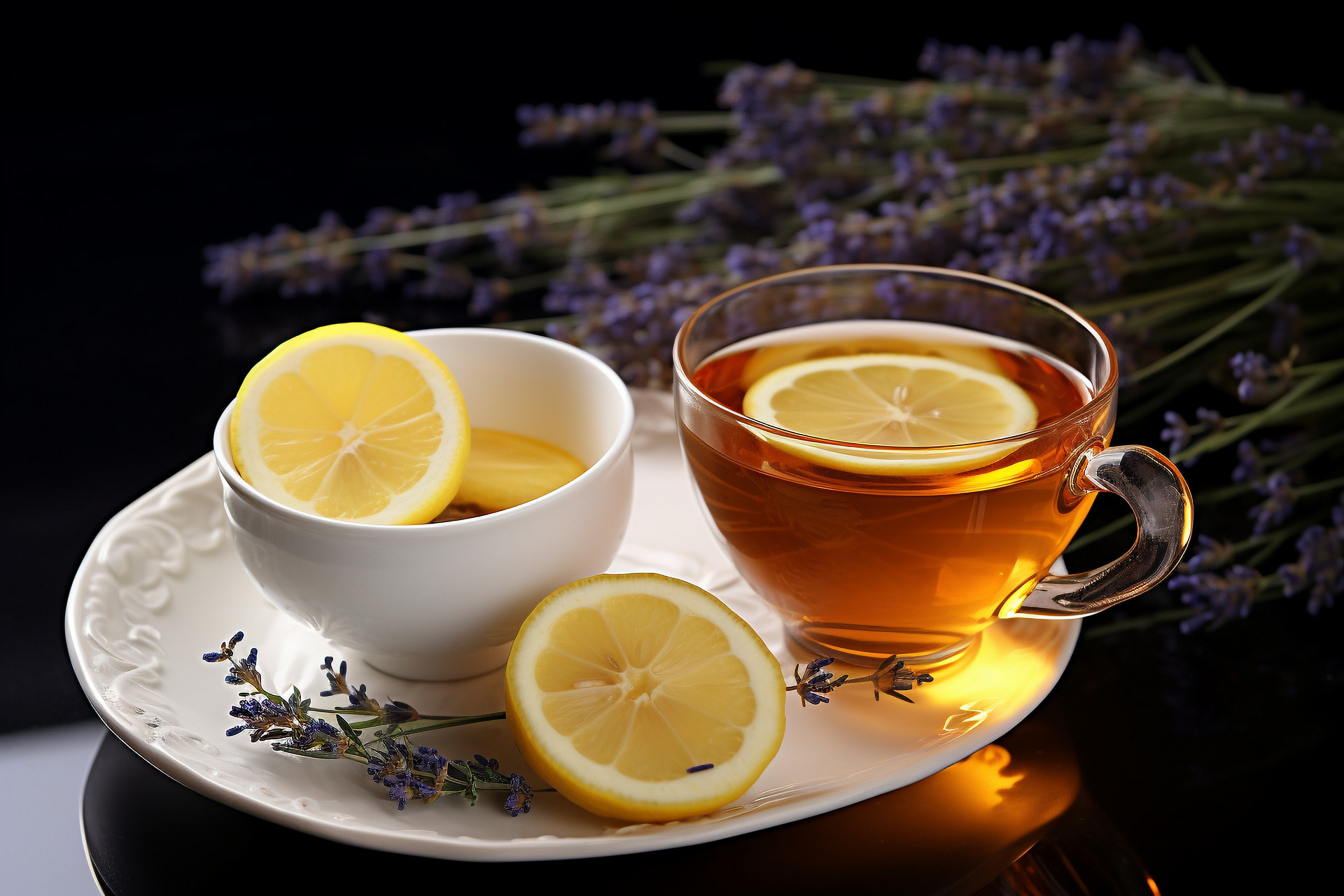
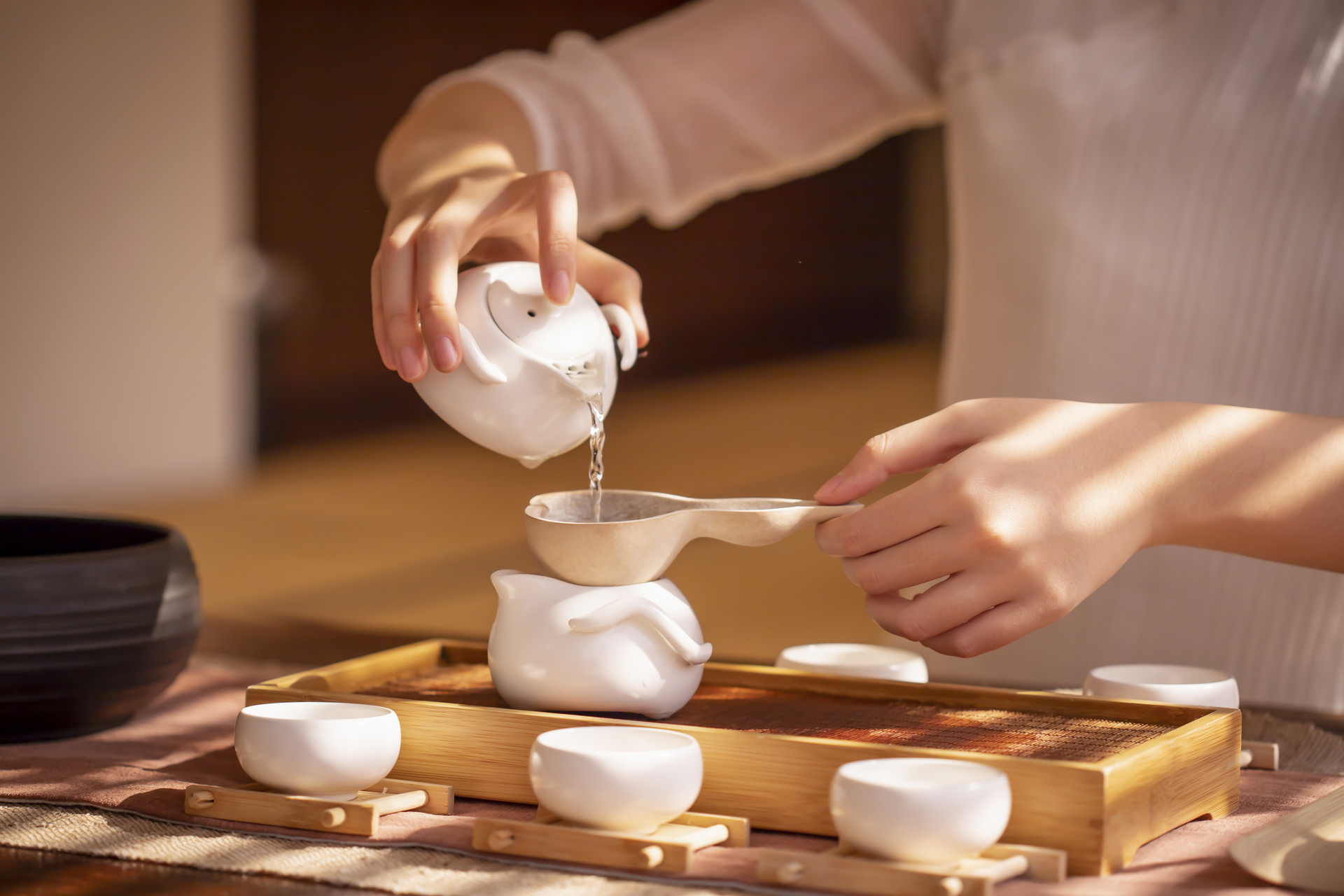
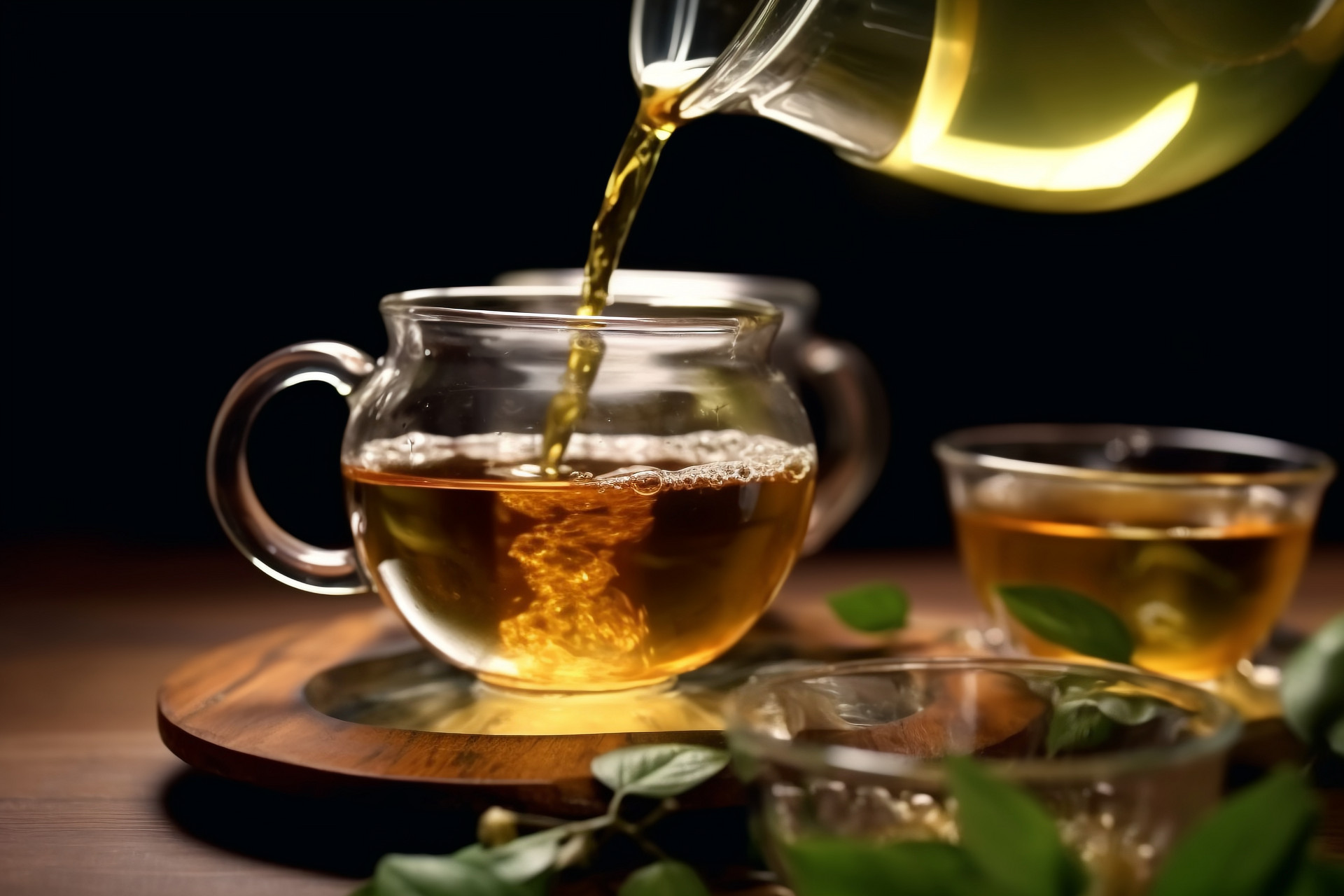

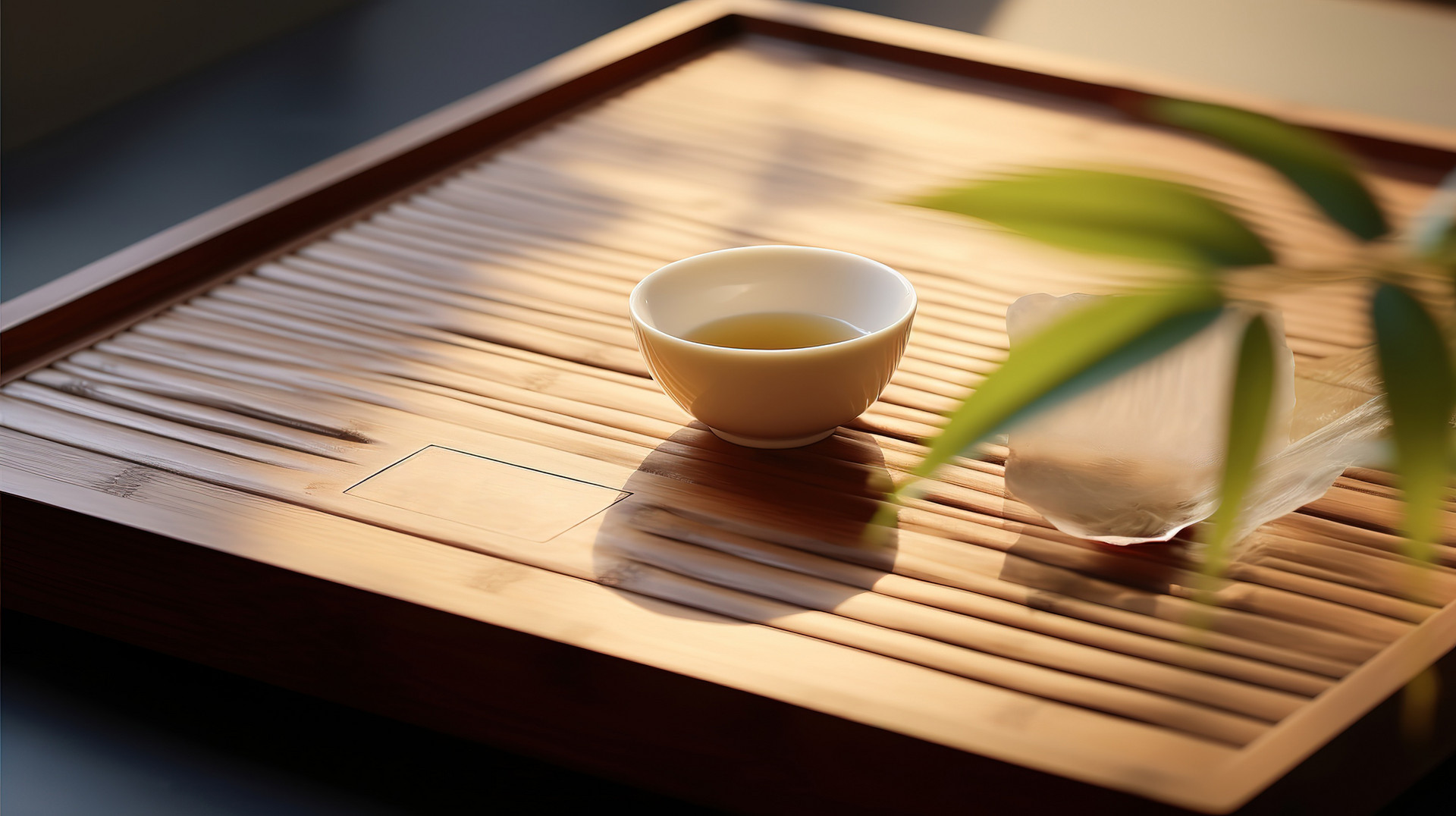
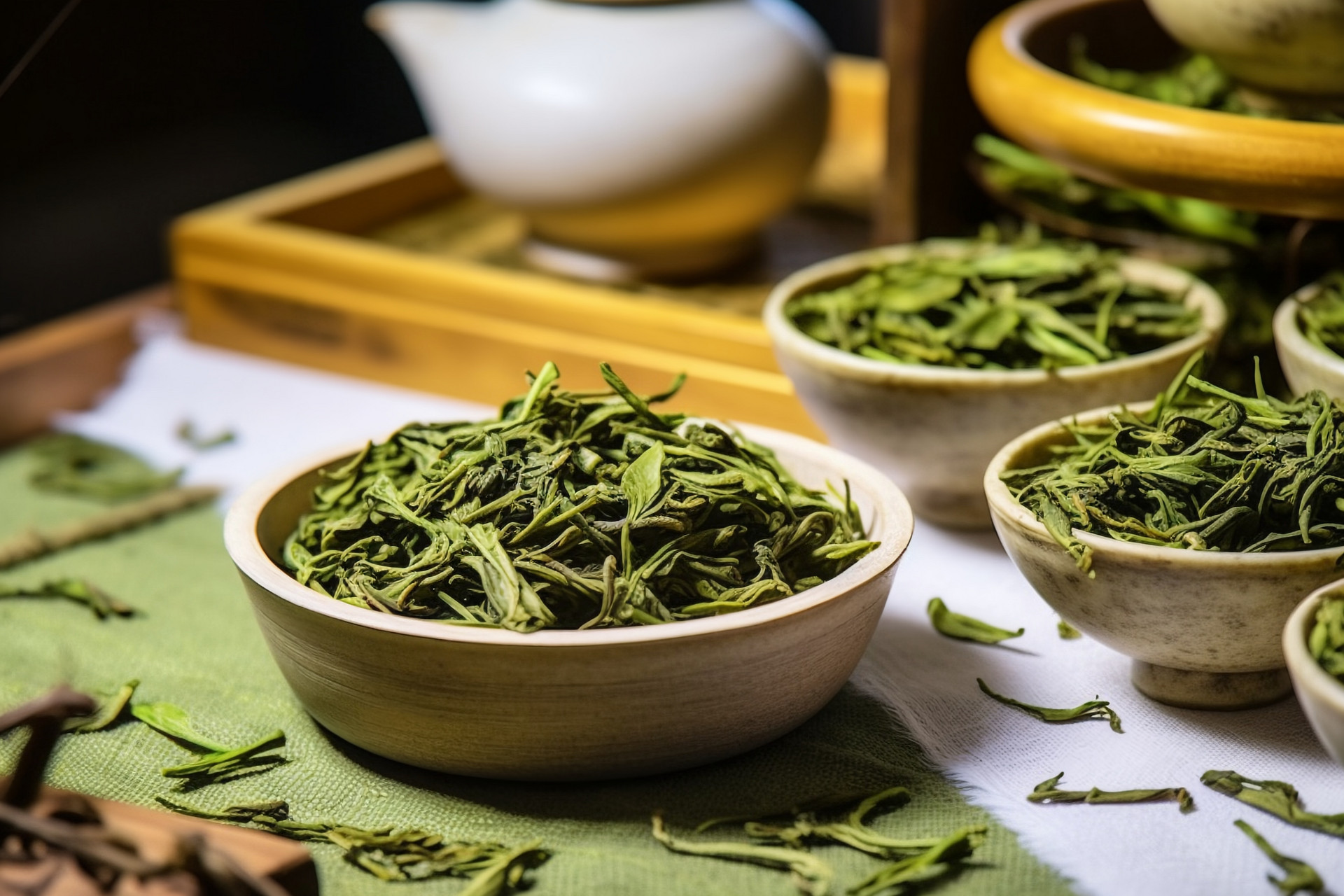
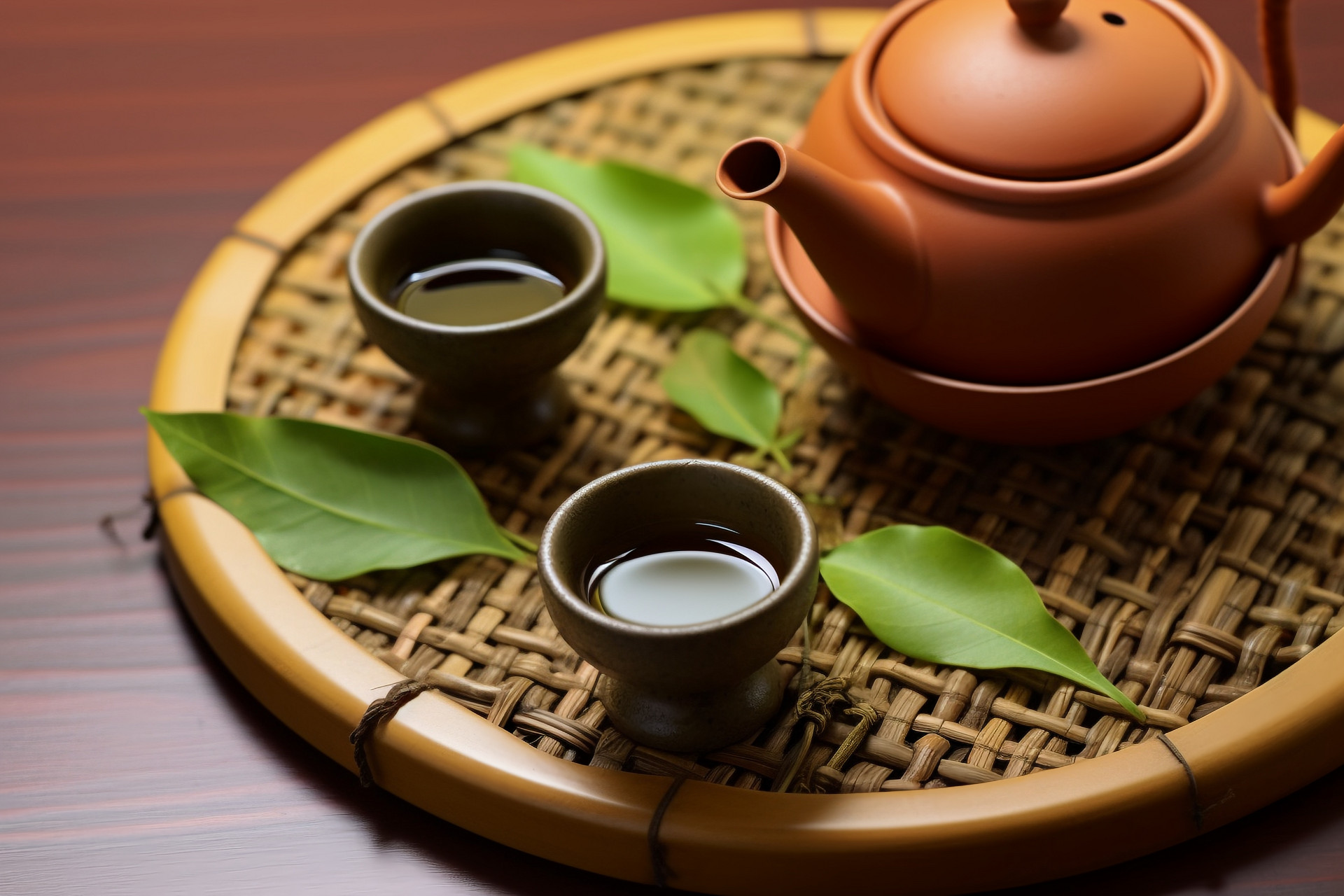
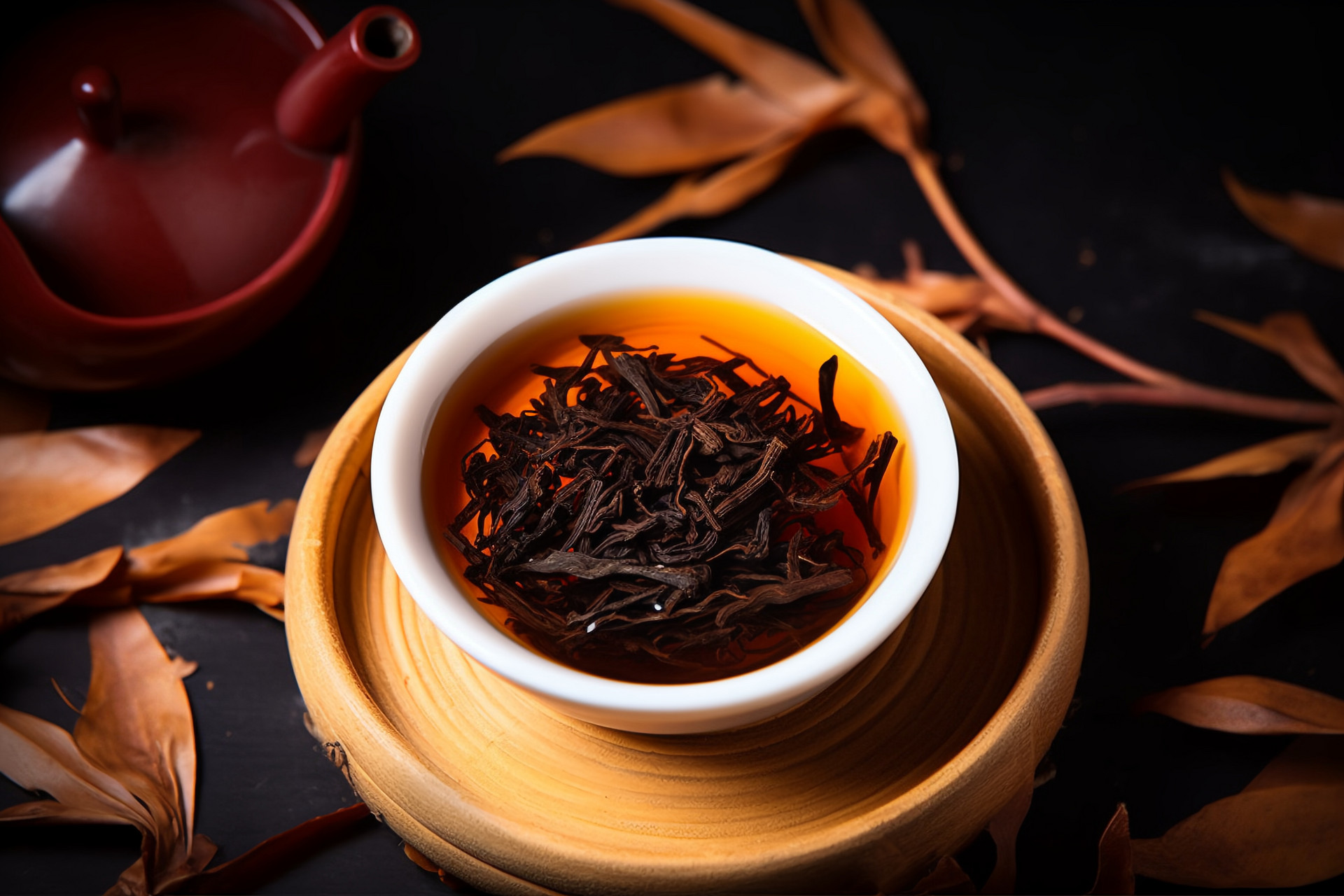
![[Herbal Wine Recipes for Health and Beauty]](https://tcmmaintenance.com/uploads/20240715/7241f6b6eafdaed88c28b26a37213964.jpg)